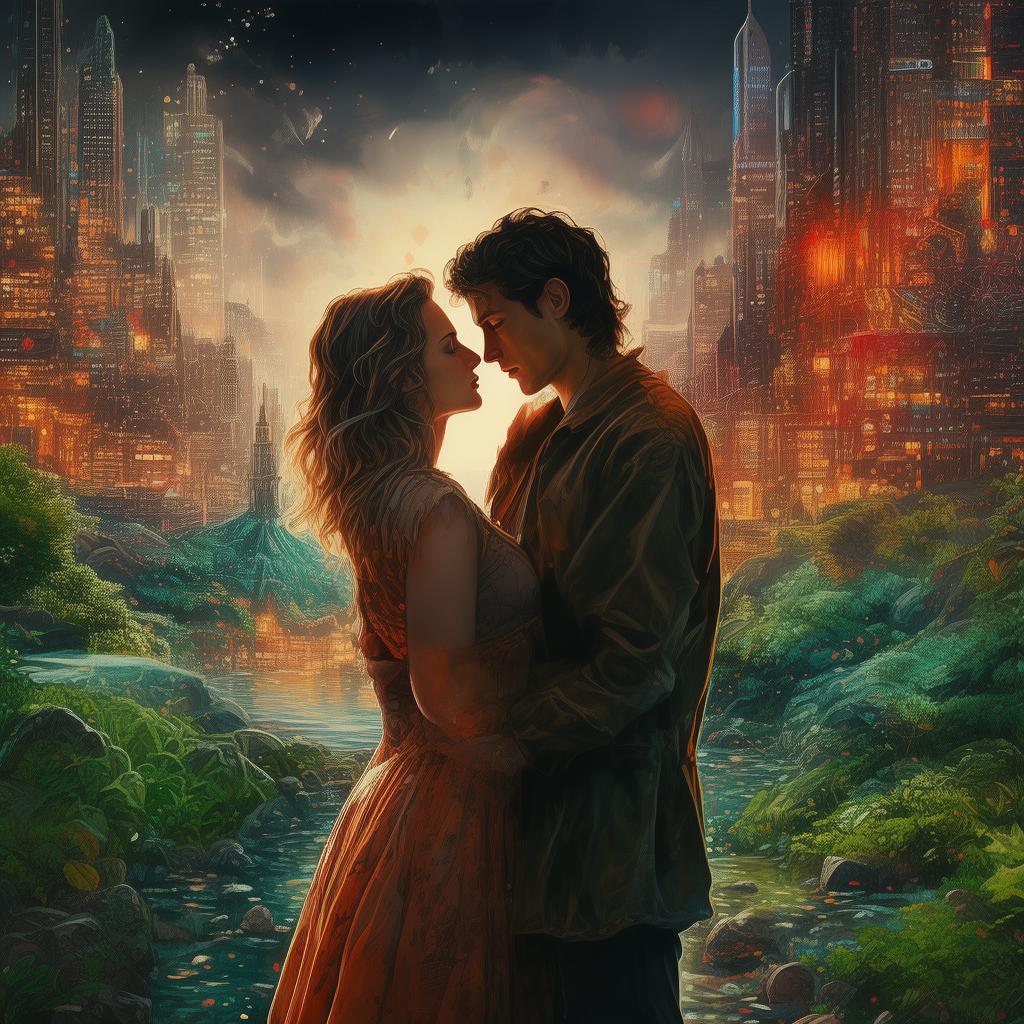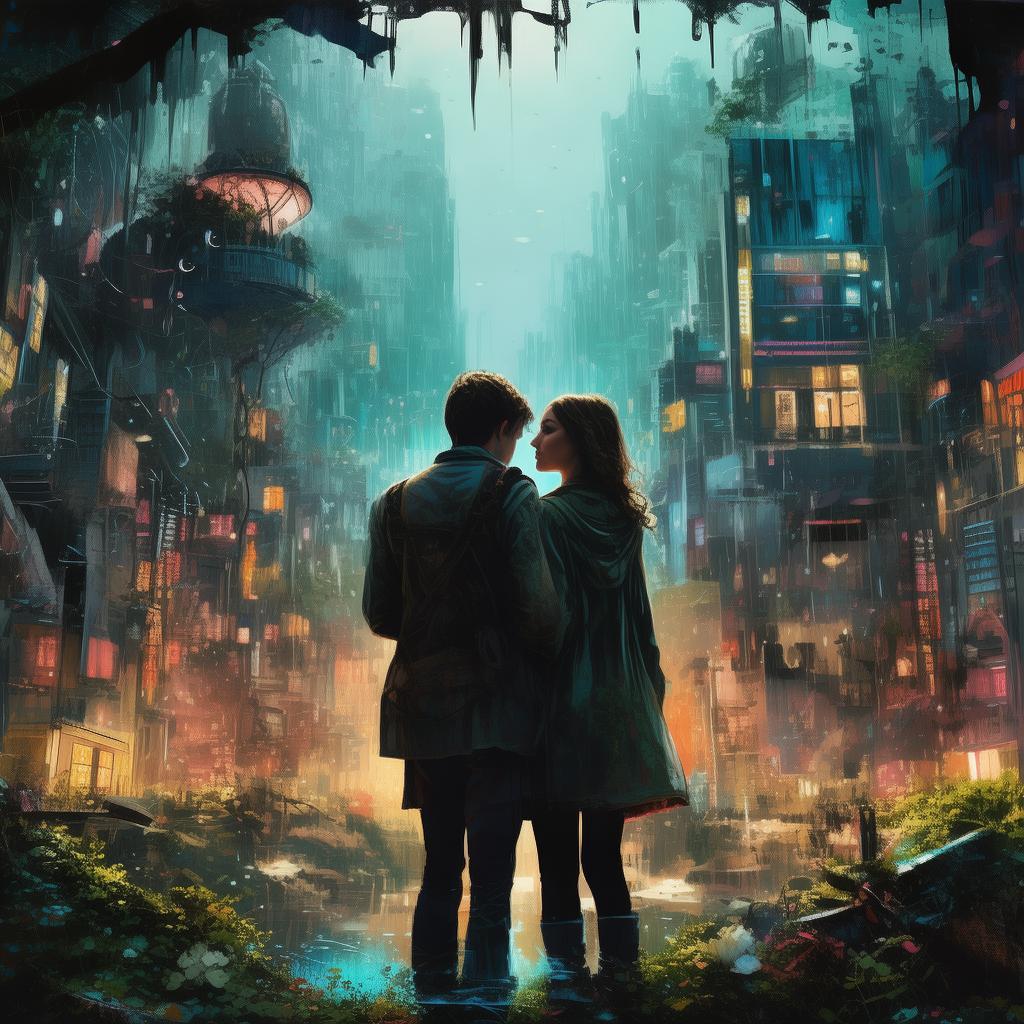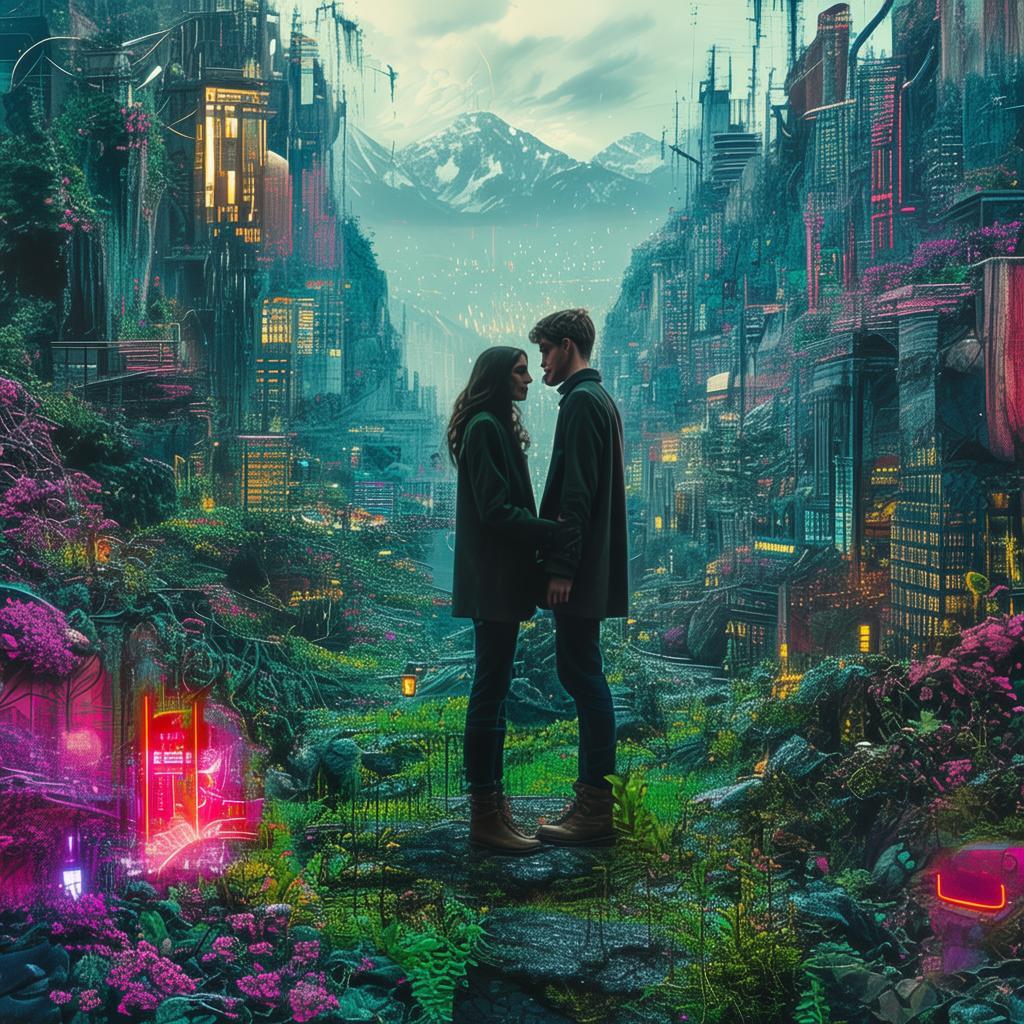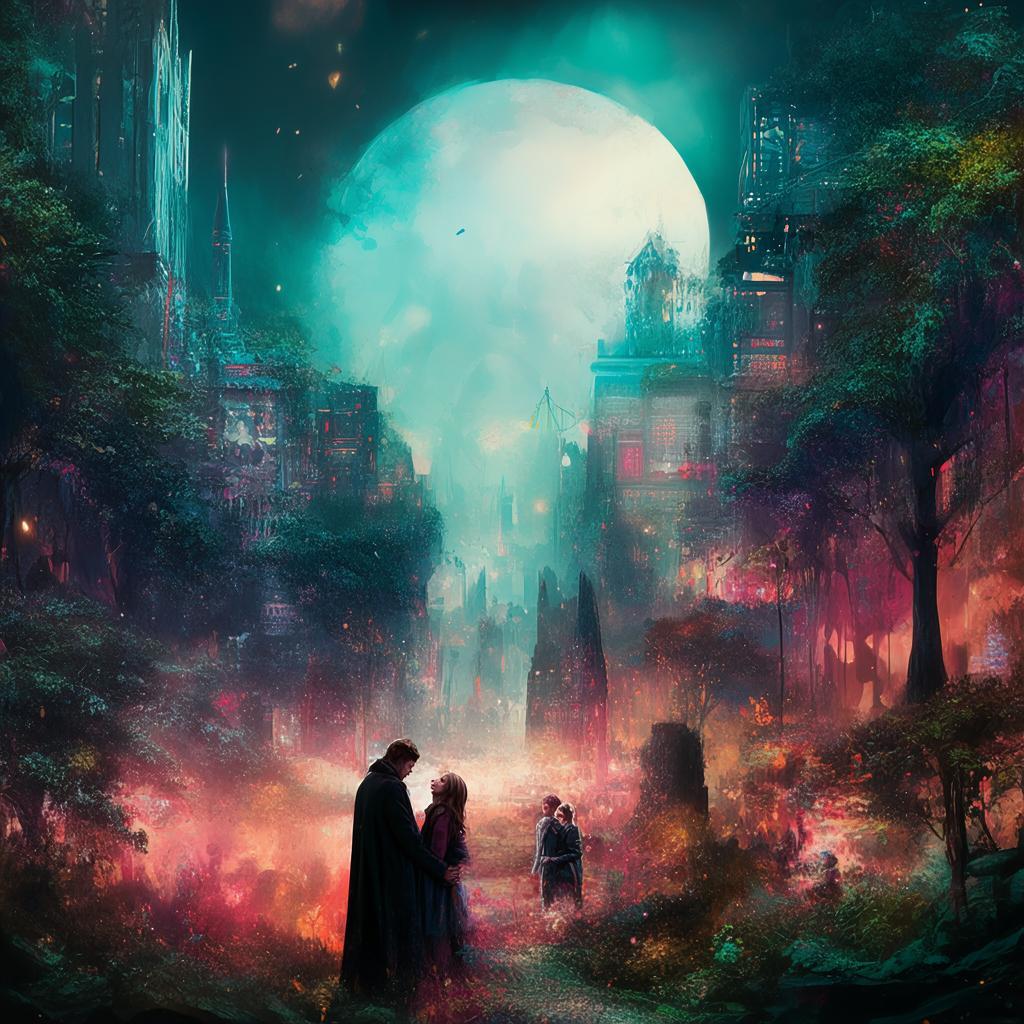The Melody of Two Worlds
In the heart of Vienna, where the echoes of the past are woven into the cobblestone streets, the lives of two musical geniuses were about to intertwine in a love story that would resonate through time.
Ludwig van Beethoven, a man whose music spoke of the deepest emotions, had long been a legend in his own time. His works were the epitome of Romanticism, and he was revered for his unparalleled mastery of the symphony. Despite his fame, Beethoven was a man of solitude, a creature of the night, whose heart ached for the connection he could never seem to find.
On the other side of the city, in a modest home filled with the scent of fresh bread and laughter, Clara Schumann was a child prodigy, her fingers dancing effortlessly over the piano keys. Her talent was unparalleled, and her beauty was matched only by her spirit. Clara's life was one of devotion to her family and to her music, a blend of the simple and the profound.
Their paths crossed at a music salon, a gathering of the city's elite. It was there that Beethoven, the aging maestro, first laid eyes upon Clara. Her piano recital was a triumph, her melodies like a ray of sunshine piercing through the gloom of the concert hall. The old composer was enchanted, and it was not long before he was seeking her out, his eyes alight with a curiosity that was both musical and personal.
The courtship was unconventional, a silent symphony of glances and gestures. They communicated through the language of music, their souls finding harmony in the melodies that they shared. Beethoven, with his profound understanding of the human condition, saw in Clara a kindred spirit, someone who could understand the depth of his own emotions.
But Clara was not the only one whose heart was captured by the maestro. Robert Schumann, a rising star in the musical world, was also smitten with the young pianist. Schumann's love was more fervent, more consuming, and it was a love that Clara, despite her affection for Beethoven, could not ignore.
The triangle of love was formed, and it was a delicate dance, a tango of emotions that played out in the hushed corners of Viennese salons and the quiet moments between performances. Clara, torn between two men who were worlds apart, found herself in a love story that was as complex as the music they all adored.
Beethoven, with his deep, resonant voice, would serenade Clara with compositions that were as much a declaration of his love as they were a testament to his genius. His "Moonlight Sonata" was a love letter to her, a piece that seemed to capture the very essence of her soul.

Schumann, on the other hand, was a storm of passion, his love for Clara as tempestuous as the waves of the ocean. He composed pieces for her, each one a piece of his heart, a testament to the depth of his feelings.
But the love triangle was not without its complications. Beethoven's deafness was a barrier that neither of them could overcome, and the distance between them was as great as the chasm that separated their worlds. Clara's heart was caught in a vise, torn between a man who needed her as much as she needed him, and another who could offer her a life of passion and adventure.
The climax of their love story came during a performance at the Musikverein, where Beethoven conducted his "Fidelio" for the first time. The night was a triumph, but for Clara, it was a night of pain and loss. In the aftermath, Beethoven, recognizing the depth of Clara's feelings for Schumann, stepped back, giving her the freedom to choose her own path.
Clara, in a moment of clarity, realized that her love for Schumann was genuine, and she chose him. They were married, and their love story, though it ended in parting, continued in the music that they created together. Clara's "Arabesque" and Schumann's "Manfred" were the fruits of their union, a testament to the power of love that transcended time and space.
The story of Ludwig van Beethoven, Clara Schumann, and Robert Schumann is a love story that is as much about the music as it is about the human condition. It is a tale of passion, sacrifice, and the enduring power of art to bridge the gaps between the worlds we inhabit.
✨ Original Statement ✨
All articles published on this website (including but not limited to text, images, videos, and other content) are original or authorized for reposting and are protected by relevant laws. Without the explicit written permission of this website, no individual or organization may copy, modify, repost, or use the content for commercial purposes.
If you need to quote or cooperate, please contact this site for authorization. We reserve the right to pursue legal responsibility for any unauthorized use.
Hereby declared.









